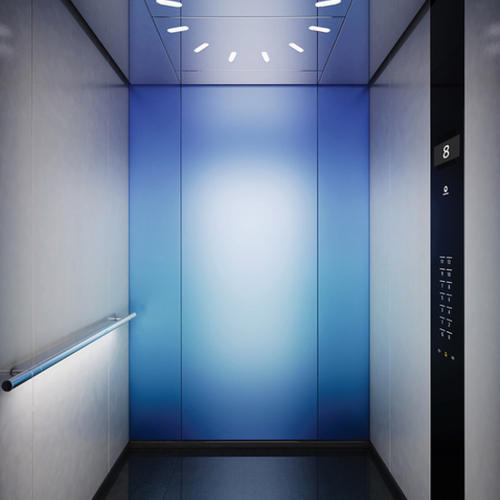Lifts And Residential Elevators – What Is The Difference?
Home accessibility lifts and residential elevators both have the ability to be incorporated into your home, but are quite different.
Accessibility Lifts
These devices include stair lifts, porch lifts, inclined platform lifts, and vertical platform lifts. Their primary usage is to get and individual from one floor to another. The design of these lifts is centered around accessibility (larger buttons, limited features). Accessibility lifts operate on constant pressure controls and cannot be made to function otherwise. It is more common to retro-fit these devices into existing homes as they often take up less space, or can be placed directly on the stair case. A vertical accessibility lift is sometimes called an “open cab lift ” or a ” vertical platform lift ” . These terms are applied due to the nature of the cab design. They have no ceilings and are open to the lift shaft or hoistway. These lifts are often referred to as basic elevators, or stair elevators, and can be a cost effective solution to your accessibility needs.
Home Elevators
 A residential or home elevator can be as basic or elaborate as you like. These elevators will operate using ” single touch operation ” just like a regular elevator. Due to this, they are required to have gates that travel with the cab. Most manufactures have moved away from light screens and replaced this option with a power gate on their order forms. A home elevator can come with a variety of wall finishes and ceilings, it is even possible to have a home builder or carpenter finish the elevator car to match the existing decor of your home. The landing entrances can be as simple as any other door in your home (with an interlocking device wired into the elevator’s safety circuit) or as elaborate as a sliding elevator door. Once the travel of a device exceeds 14 feet the cost of home elevators and vertical accessibility lifts are quite comparable.
A residential or home elevator can be as basic or elaborate as you like. These elevators will operate using ” single touch operation ” just like a regular elevator. Due to this, they are required to have gates that travel with the cab. Most manufactures have moved away from light screens and replaced this option with a power gate on their order forms. A home elevator can come with a variety of wall finishes and ceilings, it is even possible to have a home builder or carpenter finish the elevator car to match the existing decor of your home. The landing entrances can be as simple as any other door in your home (with an interlocking device wired into the elevator’s safety circuit) or as elaborate as a sliding elevator door. Once the travel of a device exceeds 14 feet the cost of home elevators and vertical accessibility lifts are quite comparable.

